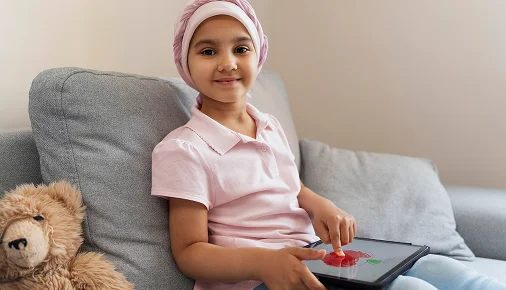Childhood Cancer: Progress and Challenges
Childhood cancer remains a profound challenge, touching families around the world. Yet, the story is increasingly one of progress and hope. Thanks to decades of research and improved treatments, survival rates for many childhood cancers have soared. In the United States, the five-year survival rate for childhood cancer is close to 80–85%, a dramatic rise from just 10% in the 1970s. For certain cancers, such as leukemia and lymphoma, survival rates now exceed 85% and 90% respectively.
The Power of Progress
This progress means that hundreds of thousands of children are not only surviving cancer but growing into healthy adults. In the U.S. alone, there are nearly half a million childhood cancer survivors. Advances in chemotherapy, targeted therapies, and supportive care have transformed once-fatal diagnoses into stories of resilience and recovery.
Persistent Challenges
Despite these gains, childhood cancer remains the leading cause of disease-related death in children. The incidence of childhood cancer has actually increased over the past several decades, particularly for leukemia, lymphoma, and brain tumors. Brain tumors, bone cancers, and sarcomas—five-year survival rates still hover around 60%, highlighting the urgent need to do better.
Globally, the picture is more sobering. In some countries, survival rates can be less than 30%, due to limited access to diagnosis, treatment, and supportive care. Barriers such as lack of awareness, insufficient medical infrastructure, and treatment abandonment continue to claim young lives unnecessarily.
Looking Forward
The World Health Organization has set an ambitious goal: to raise global childhood cancer survival rates to at least 60% by 2030, potentially saving one million lives.
Childhood cancer is no longer a hopeless diagnosis for many, but the journey is far from over. With ongoing research, advocacy, and international cooperation, the future for children with cancer grows brighter every year.


